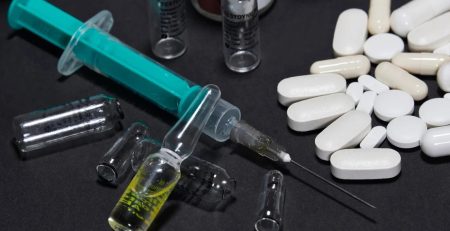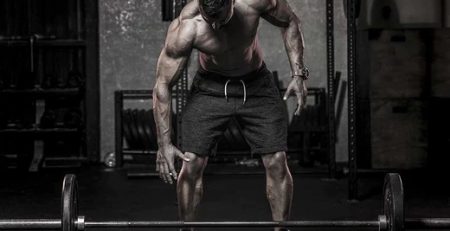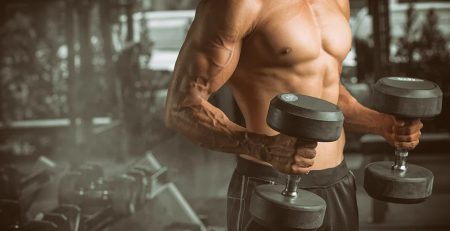The impact of anabolic steroids on tendon and ligament strength
Introduction:
Anabolic steroids, also known as anabolic-androgenic steroids (AAS), have long been associated with their muscle-building effects. However, their potential positive impact on tendon and ligament strength is often overlooked.
In this blog post, we will explore the lesser-known benefits of anabolic steroids on tendons and ligaments, shedding light on how they can contribute to improved athletic performance and injury prevention.
Understanding Tendon and Ligament Function:
Before delving into the positive impact of anabolic steroids, it is essential to understand the role of tendons and ligaments in the body. Ligaments hold bones together and offer stability, whereas tendons attach muscles to bones to allow for movement. It is essential to strengthen these connective tissues in order to improve athletic performance and lower the chance of injury.
Anabolic Steroids and Collagen Synthesis:
Collagen is the primary structural protein in tendons and ligaments, responsible for their strength and resilience. Anabolic steroids have been found to stimulate collagen synthesis, leading to an increase in tendon and ligament strength. This property has significant implications for athletes and individuals seeking to enhance their performance and prevent connective tissue injuries.
Improved Injury Recovery:
The accelerated collagen synthesis induced by anabolic steroids can expedite the healing process of tendon and ligament injuries. This effect is particularly valuable for athletes engaged in high-impact or repetitive activities, as it can promote faster recovery and reduce the risk of chronic overuse injuries.
By enhancing tissue regeneration, anabolic steroids offer athletes the opportunity to bounce back from injuries more swiftly.
Enhanced Tendon and Ligament Resilience:
Anabolic steroids not only promote collagen synthesis but also improve the quality and organization of collagen fibers in tendons and ligaments. This leads to stronger and more resilient connective tissues that can better withstand the mechanical stresses encountered during physical activity.
With increased resilience, athletes can push their limits without compromising the integrity of their tendons and ligaments.
Prevention of Tendon Ruptures and Ligament Tears:
The use of anabolic steroids has been associated with a reduced incidence of tendon ruptures and ligament tears. Strengthened tendons and ligaments are less prone to sudden failures, allowing athletes to engage in rigorous training without the constant fear of catastrophic injuries.
This advantage is especially significant for athletes involved in explosive and high-intensity sports, where the forces on tendons and ligaments are substantial.
Positive Effects on Rehabilitation:
Anabolic steroids can play a constructive role in the rehabilitation process after tendon and ligament injuries. By enhancing collagen synthesis and tissue repair, these substances aid in restoring strength and function to the affected areas.
Athletes recovering from connective tissue injuries can benefit from the use of anabolic steroids under the guidance of medical professionals to optimize their rehabilitation outcomes.
Conclusion:
While anabolic steroids are predominantly associated with muscle growth, their positive impact on tendon and ligament strength should not be overlooked. By stimulating collagen synthesis, enhancing tissue quality, and promoting faster recovery, anabolic steroids offer athletes and individuals the potential to improve athletic performance and reduce the risk of connective tissue injuries.
Related Products
Viogen pharma Masteron Enanthate 225












Leave a Reply